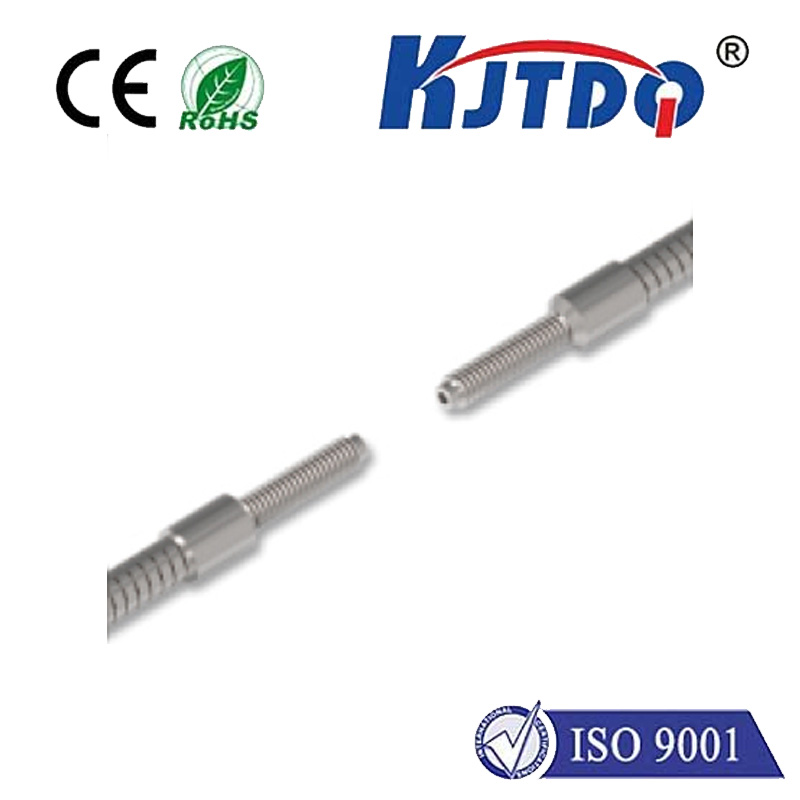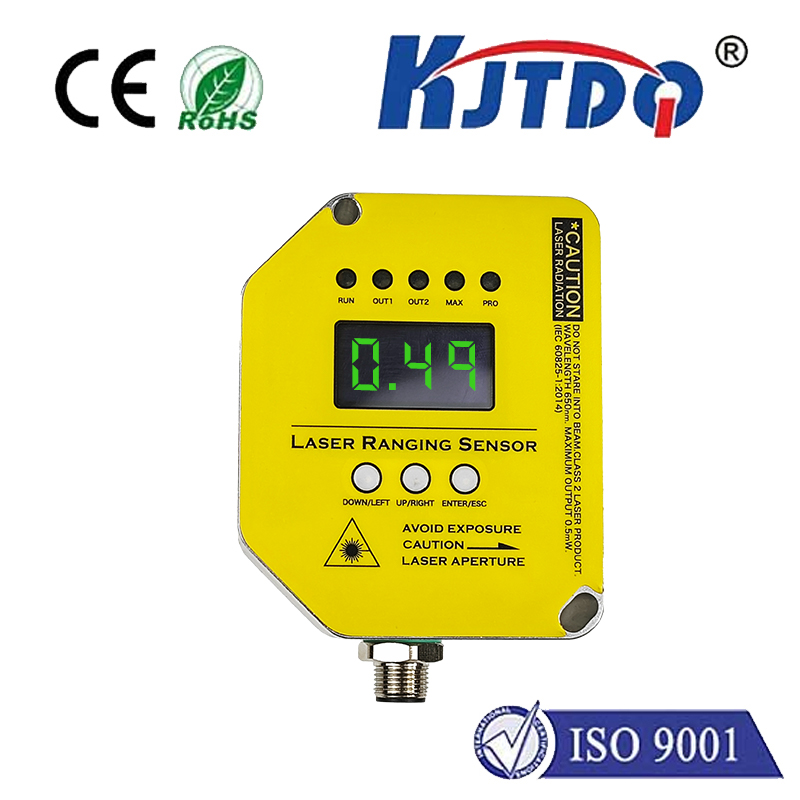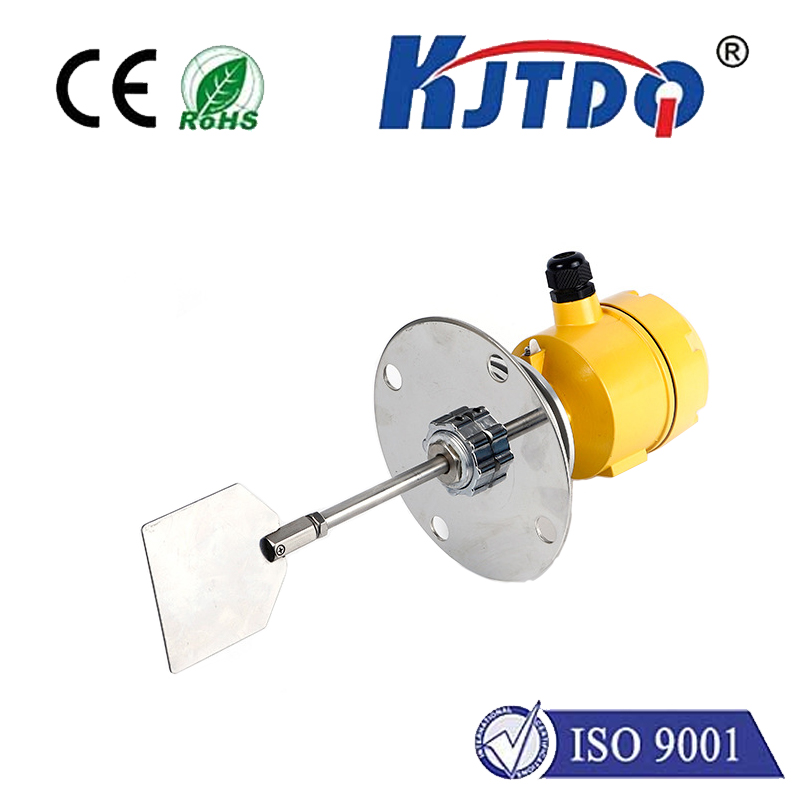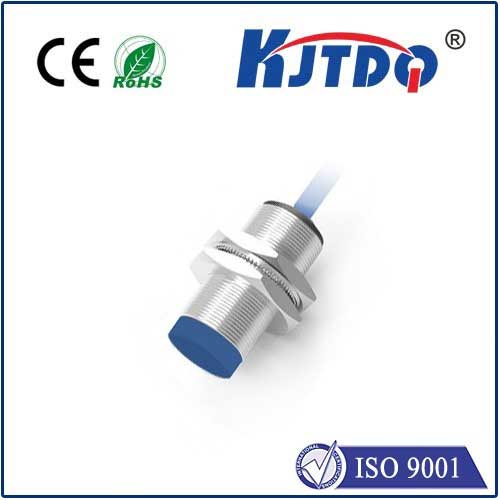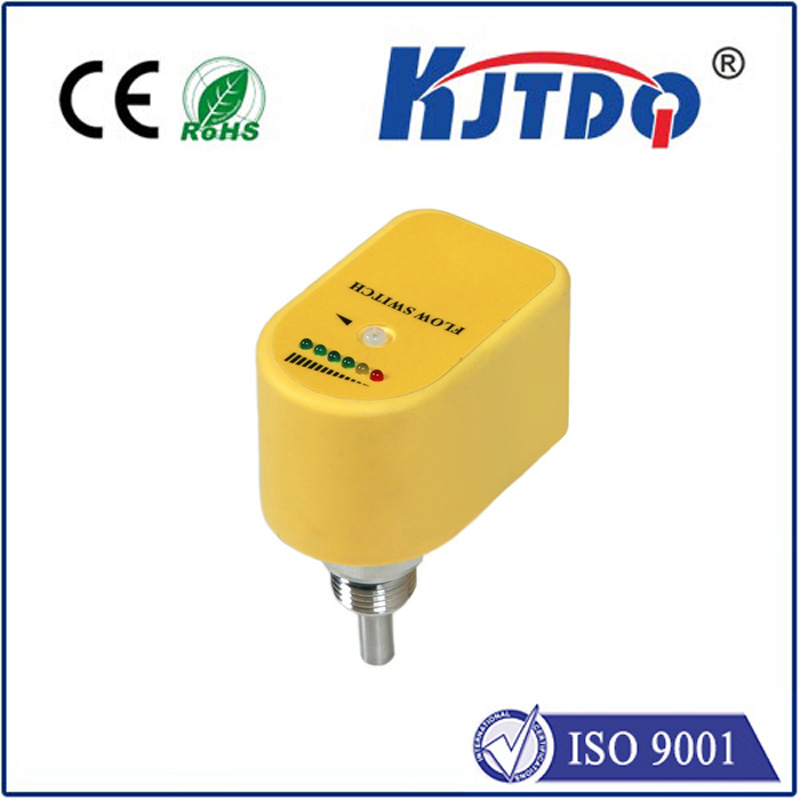

check

check

check

check
Imagine a high-speed bottling line where every single container needs to be perfectly positioned, or a robotic arm precisely placing components without a single collision. The margin for error? Near zero. This relentless demand for accuracy and reliability in modern automation hinges on a silent workhorse: the proximity sensor. And when you encounter the specific model PNP XS612B1PAL5, you’re looking at a tool engineered for such critical tasks. Understanding its capabilities isn’t just technical jargon; it’s about unlocking smoother operations and smarter solutions for your industrial challenges.
Proximity sensors, fundamentally, are the eyes of automated systems, detecting the presence or absence of objects without physical contact. They achieve this feat typically through electromagnetic fields (inductive sensors for metals) or infrared beams. The beauty lies in their non-contact nature – no wear, no tear, just consistent, reliable detection. For the XS612B1PAL5, the inductive principle is key. A coil generates a high-frequency oscillating electromagnetic field. When a metallic target enters this field, it induces eddy currents within the target, dampening the field’s oscillation. The sensor’s internal circuit detects this dampening and triggers an electrical signal – a clean, decisive “detected” state.

The “PNP” designation in the XS612B1PAL5 title is absolutely crucial. It defines the sensor’s switching output type. A PNP sensor, often called a sourcing sensor, provides a positive voltage (typically +24V DC) on its signal wire when it detects a target. Think of it as actively sourcing the positive voltage to the load (like a PLC input module). This contrasts sharply with NPN sensors (sinking), which connect the load to ground when active. Why does this matter? Compatibility is everything in automation. Many modern programmable logic controllers (PLCs) and control systems are explicitly designed to work optimally with the positive switching logic of PNP sensors. Choosing the wrong type (PNP vs. NPN) can lead to incompatible wiring and system failure. The XS612B1PAL5, as a PNP device, ensures seamless integration into a vast majority of contemporary industrial control architectures.
Delving into “XS612B1PAL5”, we’re deciphering the specific model’s feature set encoded within its part number. While conventions vary slightly between manufacturers, common interpretations emerge:
This combination of features makes the proximity sensor PNP XS612B1PAL5 a highly practical solution:
Selecting the right sensor often involves confirming:
The proximity sensor PNP XS612B1PAL5 represents more than just a component number; it embodies a specific set of capabilities tailored for demanding industrial automation. Its inductive sensing, 12mm range, robust housing, and critically, its PNP sourcing output, converge to offer a reliable and widely compatible solution for detecting metallic objects. Understanding these features – the “why” behind the part number – empowers engineers and maintenance professionals to make informed choices, ensuring their systems operate with the precision and reliability demanded by modern manufacturing and material handling challenges. From ensuring packaging accuracy to safeguarding robotic movements, sensors like the XS612B1PAL5 remain fundamental enablers of efficiency and safety. Choosing the right one, like this specific PNP proximity sensor, is a foundational step in building smarter, more resilient automation.
